
A study found that 14% of them experienced cardiac arrest within two weeks of being admitted to the ICU.

A study found that 14% of them experienced cardiac arrest within two weeks of being admitted to the ICU.

The agency requested data this week, following the pause of large-scale international assessment after a non-fatal serious adverse event was reported in a UK participant earlier this month.

Principal investigator Richard Becker, MD, director of the University of Cincinnati Heart, Lung and Vascular Institute discusses the phase 2 clinical trial for razuprotafib.
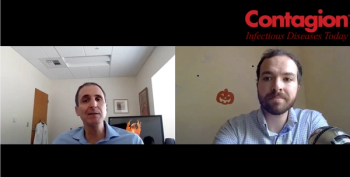
The country is split on certain strategies and a potential vaccine. Here's why the message needs to go from national to regional.

The test provides qualitative detection of nucleic acid from SARS-CoV-2 in oral saline rinse specimens, nasopharyngeal swab, and nasal swab specimens in a universal transport media, as well as nasal swabs collected in oral saline rinse.

Regeneron’s REGN-COV2 reduced the time to alleviate symptoms.

Brad Spellberg, MD, describes the inconsistent, impersonal messaging given to the public as cases begin to rise again.
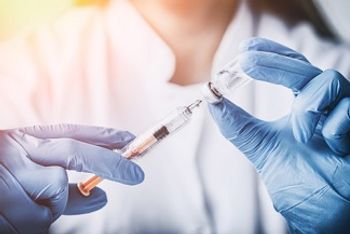
In a national survey, parents responded they would not be getting a vaccine for their kids during the COVID-19 pandemic.

A panel of pediatric infectious diseases experts recommends supportive care only for children with mild or moderate COVID-19 and suggests remdesivir therapy for those with severe illness requiring supplemental oxygen.
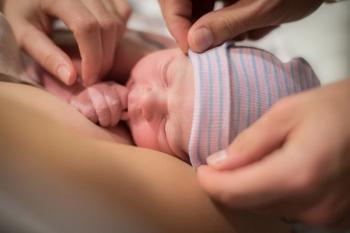
The study authors noted that Haemophilus influenza type b was alone in lower protective rates in the preterm infants after the booster shot compared to healthy infants.
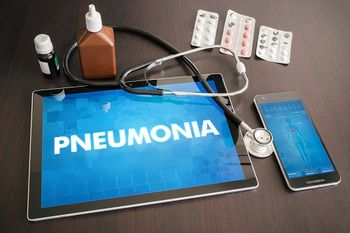
Shionogi announces approval of cefiderocol for hospital-acquired bacterial pneumonia and ventilator-associated bacterial pneumonia.

A Letter to the Editor in Journal of Infection suggests findings to date may not be as positive as they appear.
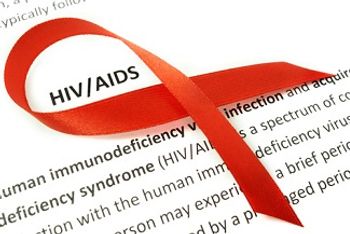
HIV stigma had different effects on the rate of HIV testing among men and women in rural Uganda, a new study found.

From acute kidney injury to children with ADHD, here's the latest research and discussions around the pandemic's effect on other specialties.

The study retrospectively observed more than 800 patients in the Maryland and Washington, D.C. area during March and April.

Stanford investigators suggest the findings could continually represent an accurate estimate of US antibody accrual.

Apeiron Biologics reports on a case study related to COVID-19 related pneumonia.
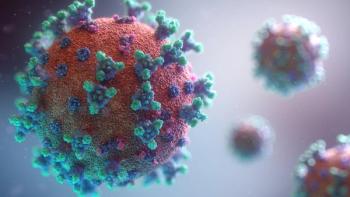
An interview with a Harvard-based researcher on troubling associations between RDW and hospitalized COVID-19 patients' mortality risks.
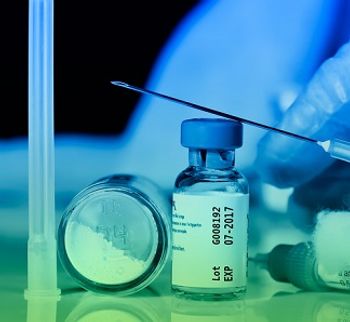
Novavax made the announcement late yesterday about their investigational vaccine, NVX-CoV2373.

Adults with confirmed COVID-19 were twice as likely as control participants to report having dined out at a restaurant in the 14 days prior to symptom onset.

New international analysis highlights successes—and shortcomings—among Pacific Asia and European regions who began to reopen their societies.

Dr. Rodney E. Rohde, clinical laboratory scientist, discusses campus reopening as well as his work on rabies eradication.

The EUA grants clinicians and caregivers capability to provide serologic assay results in person to potentially infected patients.

The Chinese government approves trial for Sinovac's vaccine in these patient populations.

In the second survey in a series, more respondents said they were wearing face coverings, less would get vaccinated, and there was a slight increase in their fears about the severity of the disease.
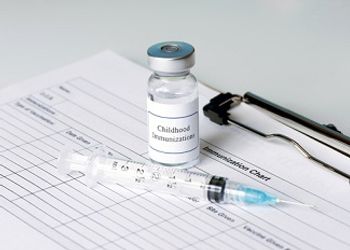
Is it still safe to take your child to get a vaccine during the pandemic? According to experts, there are safety measures in place for this critically important task.

J&J is evaluating both 1- and 2-dose regimens of the adenovirus vector investigational vaccine.

A small study is reporting very few adverse effects and low rates of COVID-19 transmission rates from mother to baby.

A small study in Italy suggests that children are less likely than adults to be asymptomatic spreaders of COVID-19.